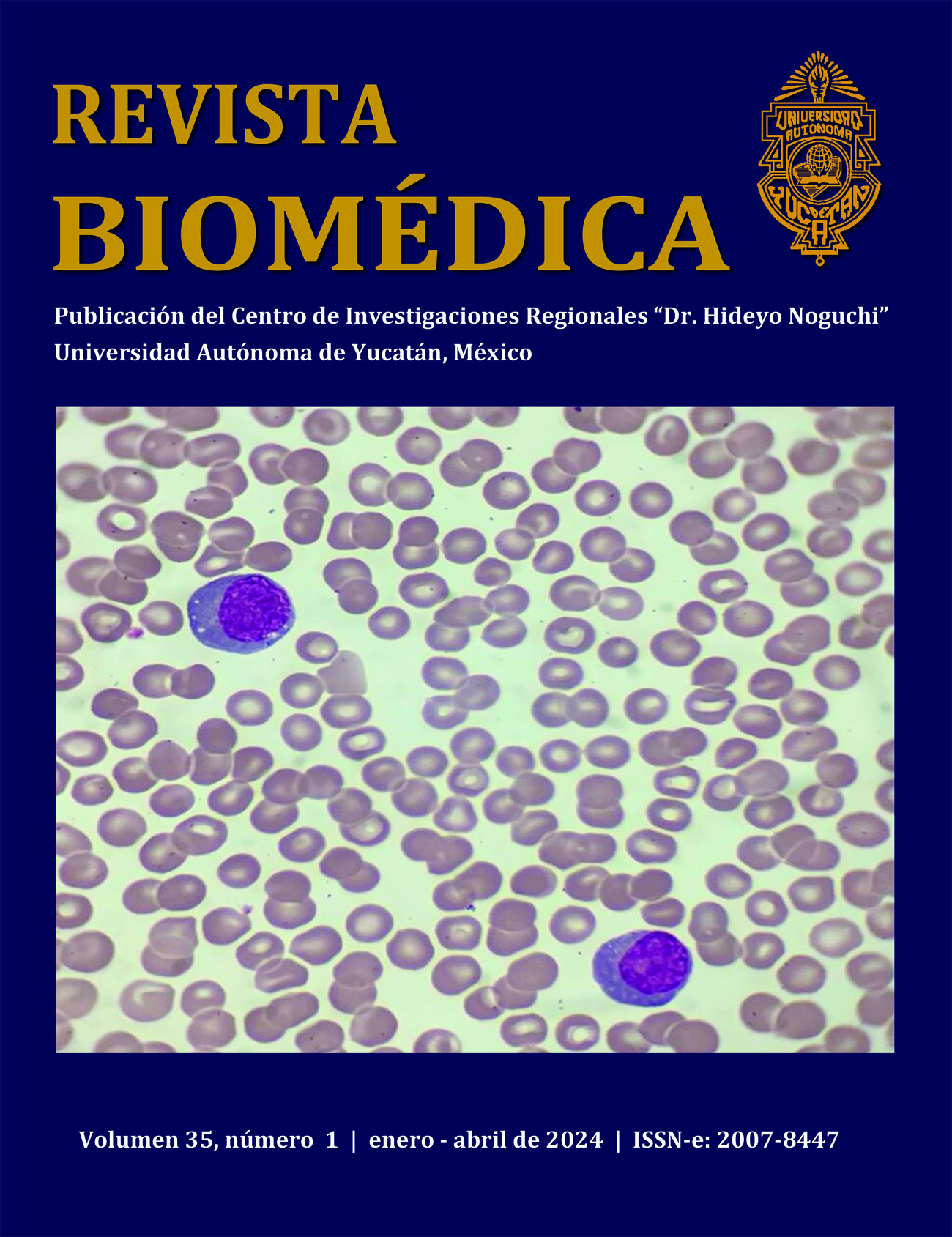Agentes del antifibrinolítico en hemorragia traumática
Resumen
Texto completo:
PDFReferencias
- Murray CJL, Lopez AD. Global health statistics: a compendium of incidence, prevalence and mortality estimatesfor over 200 conditions. Harvard School of Public Health, Boston: Harvard University Press, 1996.
- Sauaia A, Moore FA, Moore E, Moser K, Brennan R, Read RA, Pons PT. Epidemiology of trauma deaths: a reassessment. J Trauma1995;38:185-193.
- The Brain Trauma Foundation. The American Association of Neurological Surgeons. The Joint Section on Neurotrauma and Critical Care. Hypotension. J Neurotrauma. 2000;17(6-7):591-5.
- Lawson JH, Murphy MP. Challenges for providing effective hemostasis in surgery and trauma. Semin Hematol 2004;41:55-64.
- Porte RJ, Leebeek FW. Pharmacological strategies to decrease transfusion requirements in patients undergoing surgery. Drugs 2002; 62: 2193-211.
- Henry DA, Moxey AJ, Carless PA, O'Connell D, McClelland B, Henderson KM, Sly K, Laupacis A, Fergusson D. Antifibrinolytic use for minimising perioperative allogeneic blood transfusion (Cochrane Review). In: The Cochrane Library, Issue 1, 2004. Chichester, UK: John Wiley & Sons, Ltd.
- Coats T, Roberts I, Shakur H. Antifibrinolytic drugs for acute traumatic injury. (Cochrane Review). In preparation for: The Cochrane Library, Issue 1, 2004. Chichester, UK: John Wiley & Sons, Ltd.
- Aylward GW, Dunlop IS, Little BC. Meta-analysis of systemic antifibrinolytics in traumatic hyphema. Eye 1994;8:440-442.
- Kiwanuka N, Gray RH, Serwadda D, et al. The incidence of HIV-1 associated with injections and transfusions in a prospective cohort, Raki, Uganda. AIDS 2004;18:342-343.
- Heymann SJ, Brewer TF. The problem of transfusion associated acquired immunodeficiency syndrome in Africa: a quantitative approach. Am J Infection Control 1992;20:256- 62.
- Goodnough LT, Shander A, Brecher ME. Transfusion medicine: looking to the future. Lancet 2003; 361: 161-9.
Enlaces refback
- No hay ningún enlace refback.













